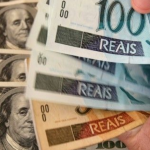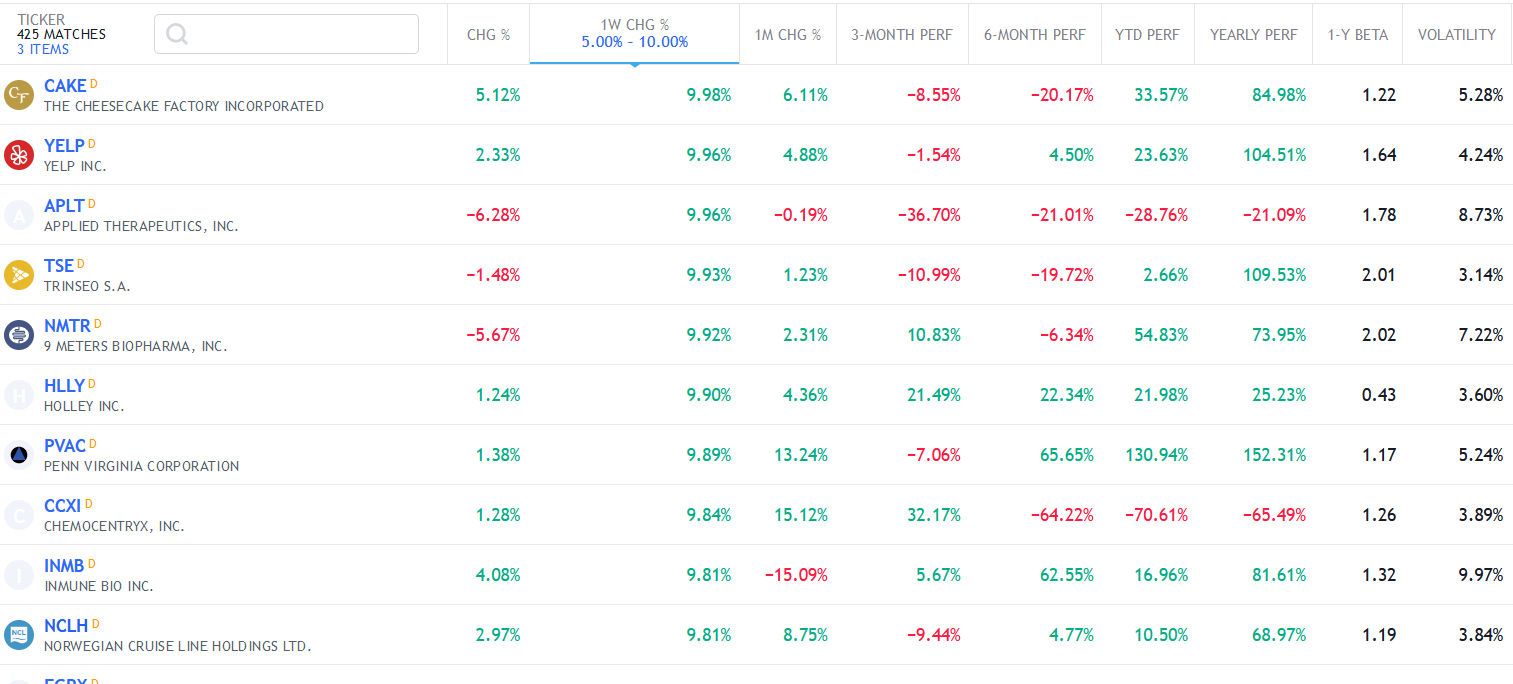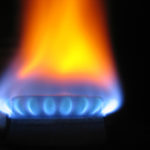 Natural gas fell in the early U.S. session on speculations that the Energy Information Administration will report on Tuesday a larger than the average rise in U.S. inventories in the week ended October 11. The fuel traded mostly higher throughout the day on outlook for colder-than-usual weather in key U.S. consuming areas through the beginning of November.
Natural gas fell in the early U.S. session on speculations that the Energy Information Administration will report on Tuesday a larger than the average rise in U.S. inventories in the week ended October 11. The fuel traded mostly higher throughout the day on outlook for colder-than-usual weather in key U.S. consuming areas through the beginning of November.
On the New York Mercantile Exchange, natural gas futures for delivery in November fell by 0.60% to $3.742 per million British thermal units at 14:06 GMT. Prices held in range between days high and low of $3.829 and $3.732 per mBtu respectively. The fuel added less than 0.1% on Friday and settled the week 0.6% lower.
Natural gas fell on Monday amid expectations that tomorrows weekly U.S. natural gas storage report by the EIA will show that inventories rose by 80 billion cubic feet. If confirmed by the government agency, this will exceed the five-year average gain of 75 billion cubic feet and last years increase of 54 billion cubic feet during the comparable week. The Energy Information Administration delayed its latest report last Thursday due to the lack of government funding but has resumed normal operations from.
Analysts surveyed by Bloomberg last week expected natural gas inventories to have risen by 77 billion cubic feet in the week ended October 11, also above the five-year average increase of 75 billion.
The EIA said on October 10 that U.S. natural gas inventories rose by 90 billion cubic feet in the week ended October 4, compared to the five-year average build of 84 billion and last weak’s increase of 73 billion cubic feet during the comparable week. The reading however outperformed analysts’ expectations for a 94 billion cubic feet gain, allowing the energy source to extend positions.
U.S. natural gas stockpiles totaled 3.577 trillion cubic feet and were 3.7% below the amount of gas held in underground storage hubs during the same period last year. The surplus over the five-year average reserves widened by 0.2% to 1.6%.
Losses were however limited amid expectations for below-normal temperatures in key U.S. consuming areas, boosting demand prospects for the power-station fuel. Matt Rogers, president of Commodity Weather Group LLC, said for Bloomberg that readings from the Great Plains to the East Coast will be 3 to 5 degrees Fahrenheit below average through November 4 and temperatures in the Midwest are likely to fall at least 5 degrees below usual this week.
When cool weather is expected, natural gas surges as increased electricity demand to power air-conditioning calls for more supply of the fuel, which is used for a quarter of the U.S. electricity generation. Consumption usually picks up from November through March. According to the Energy Information Administration, power generation accounts for 32% of U.S. gas demand and 49% of U.S. households use gas for heating.





